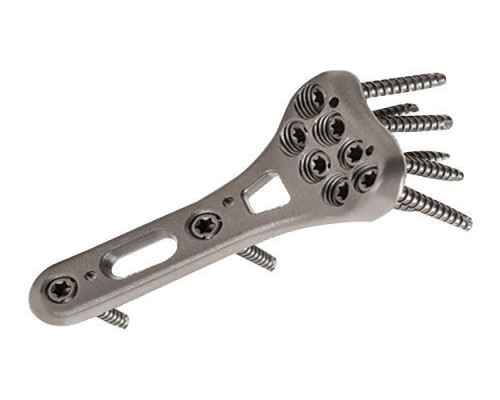
Make Sure To Read This Before You Buy An Orthopedic Locking Plate
If
you have had mild pain continuously for months, then you might know how daunting it
can be. The pain does not let you live your daily life to the fullest. Also,
when pain continues to stay over a longer period, it may be because of several
reasons like fracture, arthritis, bone accident, etc. Before, the solution to
these problems was difficult to find.
But
today, with the emergence of locking plates, it is easy. Now, the doctor uses orthopedic implants to cure bone
fractures by internally fixing bone plates with screws. Let us learn more about
this orthopedic plate.
What are orthopedic locking plates and their
application?
Orthopedic locking plates popularly called locking compression plates,
combine conventional plating systems and locking screw technology. In other
words, it includes both screw and plate in it. Because of the locking system,
the chances of failure reduce to a minimum as the screw does not get loose or
pull out.
So,
one can say that the main application of orthopedic plates and screws is fixation.
The process helps stabilize the fractured bone, improving its healing rate and
making it able to function fully.
If
you want to get the most out of your orthopedic plates, make sure to look for
the following features:
● The plates’ width and thickness should be
proportionate to the fractured bone.
● Capable of holding the fracture symmetrically and with
sufficient pressure.
● Neutralize pressure on fractures like compression,
fracture, torsional, and shear forces.
●
Have a closing
into the bone’s contour.
Different types of orthopedic locking plates are available
on the market
There
are multiple types of plates offered. There are also different materials
by which it is made up like stainless steel and titanium. However, most
people choose stainless steel as it is strong, easy to use, and inexpensive. On
the other hand, titanium is biocompatible; it allows free bending and shaping
during surgery. Plus, it is less likely to induce allergy. Now to make a better
choice at your purchase, you must also know the different types of orthopedic
bone plates:
● Dynamic
compression plate: DCP is the
standard orthopedic plate in the market that brings together two edges of
fractured bones. As a result, they can be welded better and faster. When the
doctor tightens the screws of this plate, it forces the place to dynamic forces
on the broken pieces. When the same pressure is asserted from the other side,
the bones come together and weld correctly.
● Limited
Contact Dynamic Compression plate: It
is an improved version of DCP that provides relatively less pressure to the
fractured bone. As a result, the damage made to the pericytes, including blood
vessels, decreases. Thus, the broken bone’s blood flow increases and results in
better repair.
● Locking
compression plates: It is a
modern form of plating system that combines both traditional and locking screw
technology. As a result of this composite unit, the chance of plate-to-bone
contact reduces and helps facilitate periosteum blood circulation.
● Reconstruction
plates: If you get this
orthopedic plate, it will allow you to move in any desired plane. These are
highly adaptable and useful in complex cases of distal hummers, clavicles, and
the pelvis.
●
Anatomical plates: Anatomical plates are mainly used for distal tibial fractures.
These are contoured plates for various anatomical sites. Further, you can also
use these for intra or juxta-articular fractures because the bone anatomy is
different in joint areas.
What do people get out of the usage of orthopedic
locking plates?
Now
that you have learned about the different types of orthopedic plates offered,
it is time to learn why people use them. These plates have evolved a lot from
the traditional times to help people heal their fractures quickly and
satisfactorily. There are several advantages of these locking systems over our
bodies. They are:
● Better than
conventional screw system: The
locking plate and screw system are a lot better than the conventional screw
system. The conventional system required precision in the adaptation of the
plate present inside the bone. Without intimate contact, it could result in an
alteration in the position of the fractured bone. However, as the screws are
tightened in the locking plate, the lock gets fixed to the plate. Thus, it
stabilizes the position of broken bones without alteration.
● Cortical
bone perfusion remains untouched: The
orthopedic plate does not disrupt the underlying perfusion of cortical bone.
● Stable: Locking screw system has proved to be more
stable than a conventional screw system.
●
The screw does not loosen up: The most important benefit of using a locking
screw system is that its screw never loosens up on its own. Thus, it decreases
the chance of internal inflammation.
Conclusion
After
reading this, you might be clear on the areas you need to focus on while
choosing a locking plate for yourself. Also, the above advantage will help you
clear the doubt of whether to buy an orthopedic plate or not if you have
any.
Leave a Comment
© Copyright © 2022 gwsmed.com | GWS Surgicals LLP. All rights reserved.
| |




Comment (0)
No Comments Yet. Be the first one.